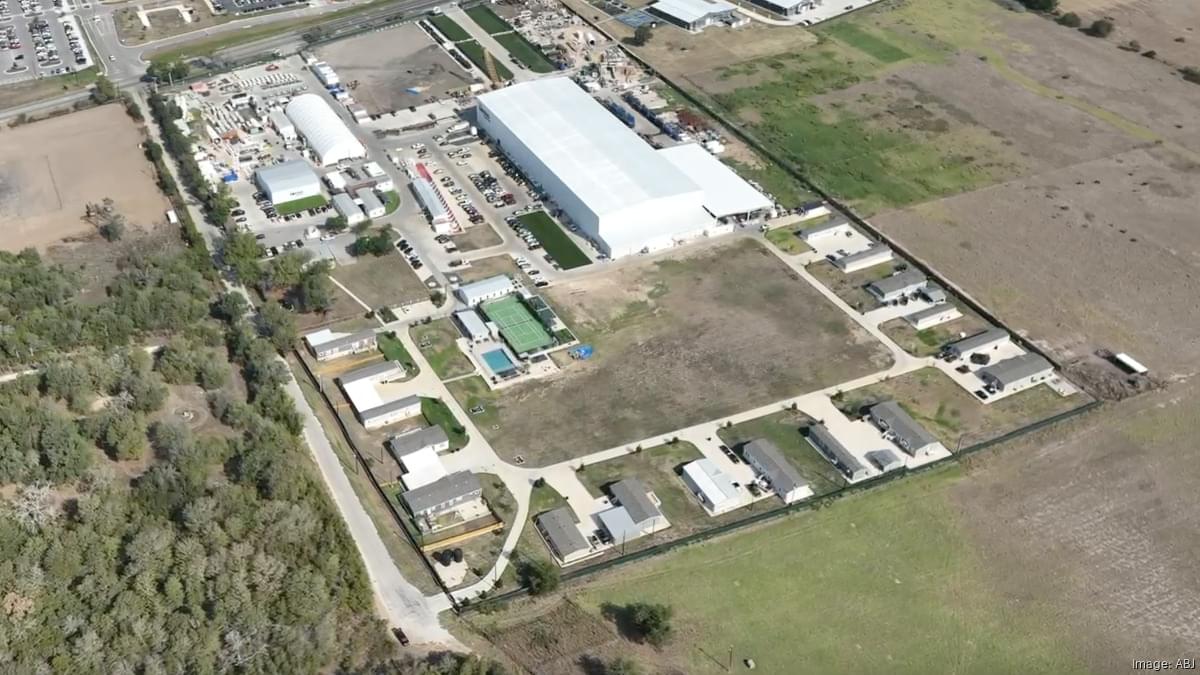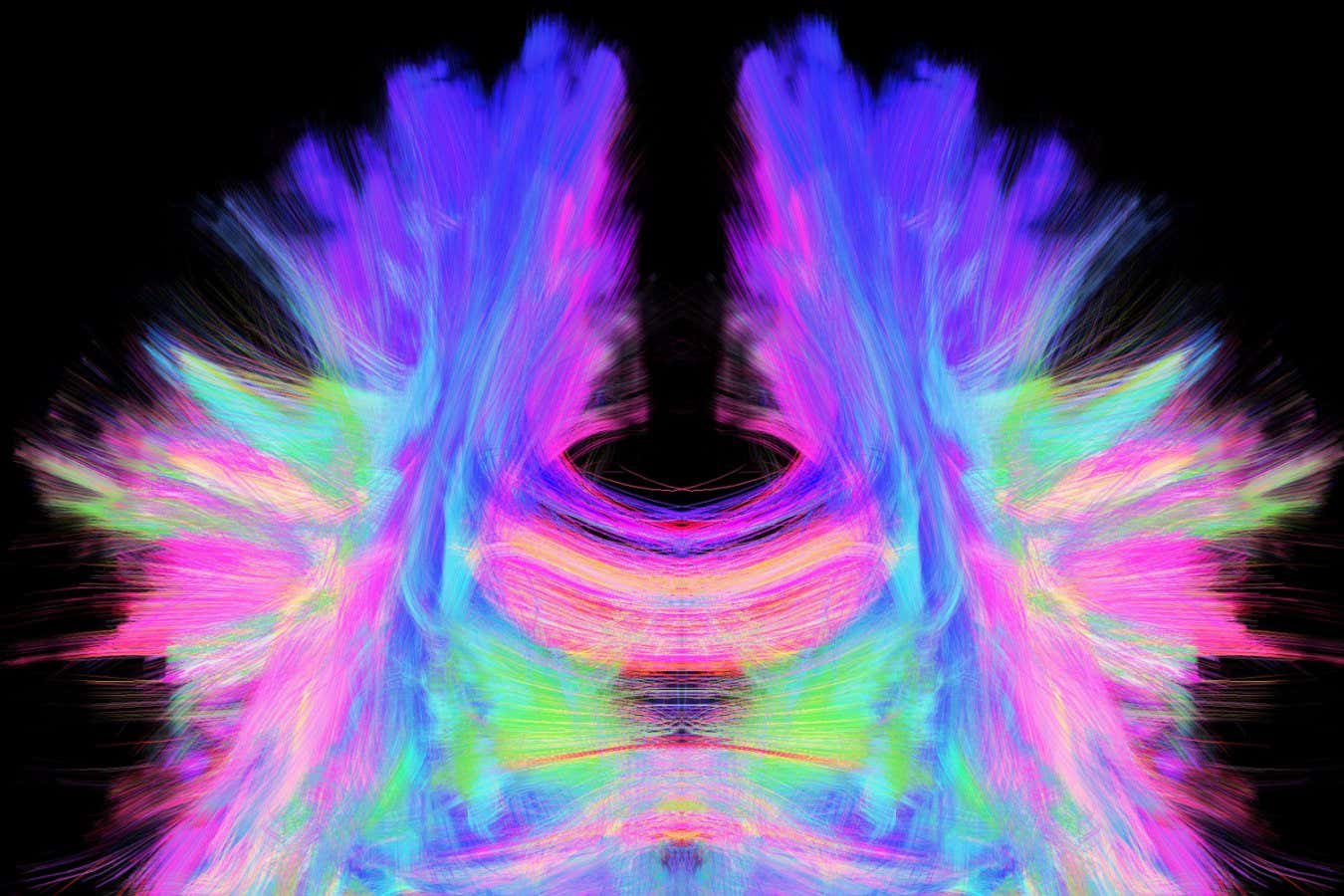Citation analysis tips scientists for work on greener lithium-ion batteries, single-atom catalysis and biomolecular condensates




The first astronauts set to fly to the Moon in more than 50 years will do so in Integrity.
NASA’s Artemis II crew revealed Integrity as the name of their Orion spacecraft during a news conference on Wednesday at the Johnson Space Center in Houston.
“We thought, as a crew, we need to name this spacecraft. We need to have a name for the Orion spacecraft that we’re going to ride this magical mission on,” said Reid Wiseman, commander of the Artemis II mission.
The dike’s seemingly unstoppable ascent meant “there was a possibility that magma would reach the shallow seafloor,” says Isken—which could cause some explosive activity. Fortunately, the dike lost momentum, and the crisis came to an end.
Most dike injections fail to cause eruptions, and this one was no different. “There probably wasn’t enough magma in it, and it wasn’t buoyant enough, to hit the surface,” says Yeo.
While this incursion ended prematurely, others might not. And sketching out other aspects of the plumbing help will help researchers track dangerous magma in real time and warn locals.


In the tech industry’s first telling, the post-smartphone world is a simple question of what and when: glasses? Watches? Pins? Armbands? Implants? It’s portrayed as a simple matter of progress — in consumer technology, things must be replaced by newer and better things — but also as a reaction to the burdens and distractions of the previous great gadget, from which new gadgets will set us free.
A survey of the post-phone landscape as it exists, though, reveals a complication in this consumerist liberation story. Someday, a new gadget may usher us into the post-smartphone world; in the meantime, the industry will have us trying everything else at once: on our faces, in our ears, around our necks, and on our appendages. Our phones — and the always-on, data-and-attention-hungry logic they represent — aren’t being replaced. They’re being extended.

Researchers in the United Kingdom say they have successfully trialed what could become the world’s first gene therapy for Huntington’s disease – a fatal neurodegenerative disorder that is typically inherited.
While the results of the clinical trial are not yet formally published or peer reviewed, principal investigator and neuroscientist Ed Wild from University College London says the gene therapy, called AMT-130, “changes everything.”
The highest dose can apparently slow disease progression by as much as 75 percent over three years. It also led to a significant reduction in a biomarker of neurodegeneration, found in cerebrospinal fluid, which usually increases with disease progression.

The Yale labs of Craig Roy and Jun Liu have harnessed the power of cryo-EM to solve a 30-year mystery of how the Legionella bacteria works. The findings represent the next steps in the search for new therapeutic drugs to tackle the severe form of pneumonia.
Early in his postdoc studies, Roy wanted to understand why a single protein was essential for the bacteria Legionella to cause disease.
Fast forward more than 30 years, and now alongside collaborative partner Jun Liu, the Yale professors are using next-generation research technology to reveal a level of 3D precision they could only have dreamed of.
But will it be better than the mods?